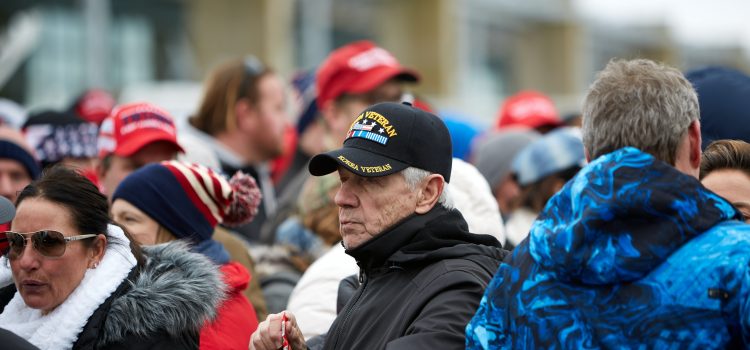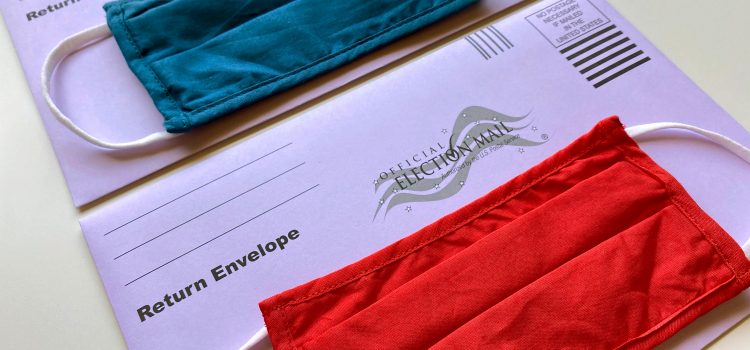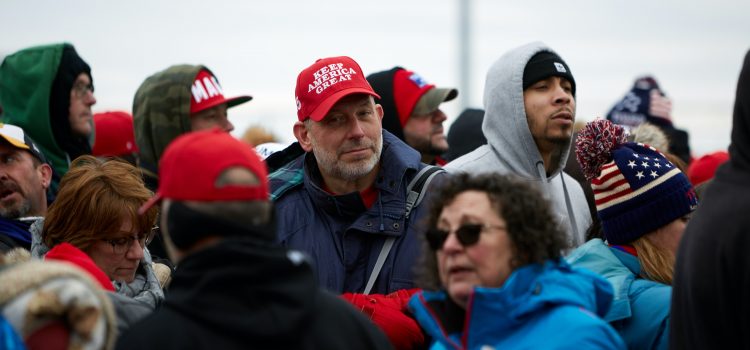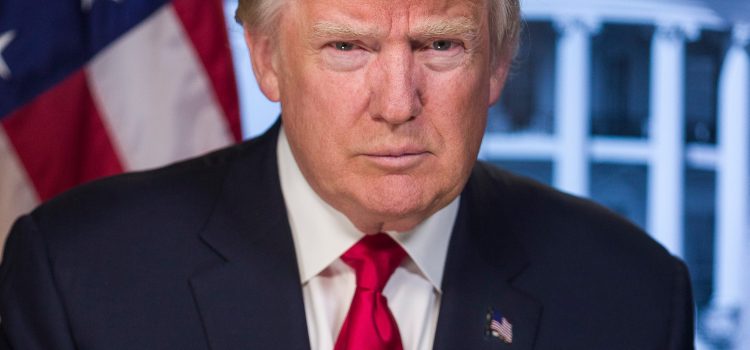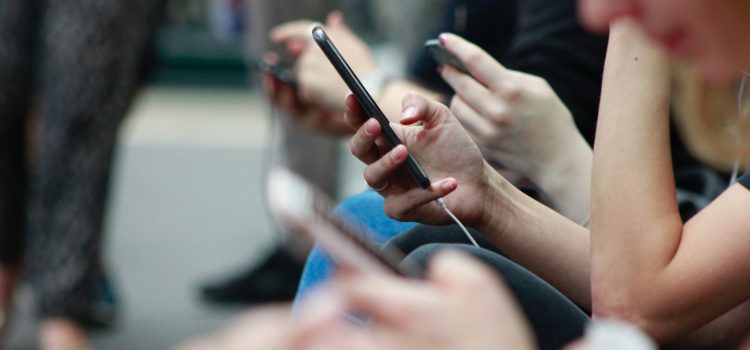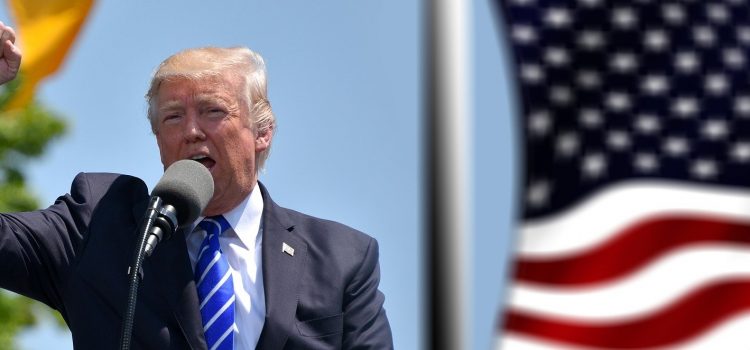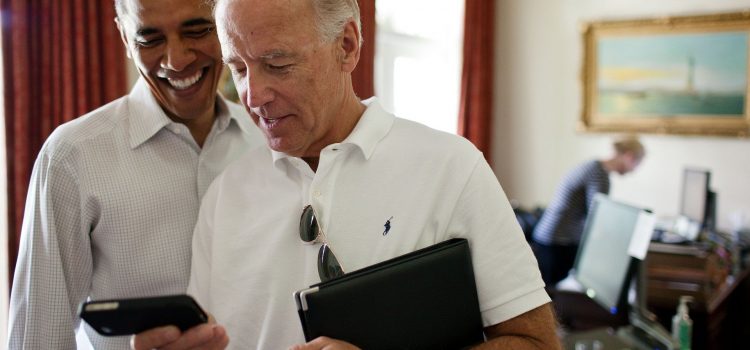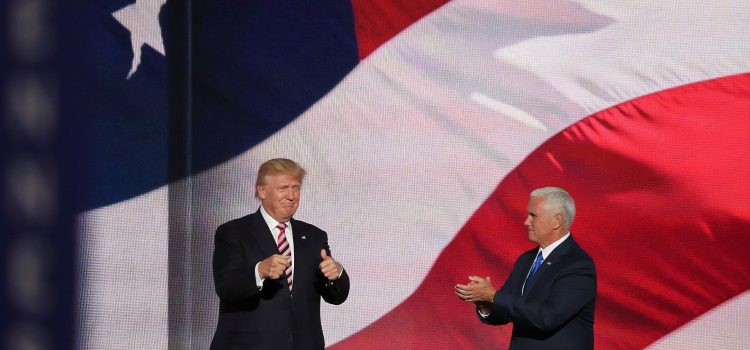To run ads on Facebook, advertisers must connect their ads to a particular Facebook page that they administer. However, Facebook does not limit advertisers to running ads from a single Facebook page. For example, the Trump campaign has been running ads from over 20 different Facebook pages so far this year. Several of these pages are targeted at specific demographics. This is a deep dive of the month-by-month breakdown of how Donald Trump has utilized demographic-specific Facebook pages to run ads.
Deep Dive into Trump’s Demographic-Specific Facebook Pages
